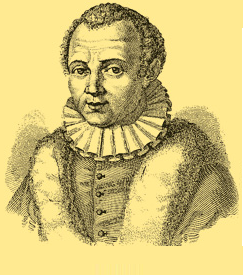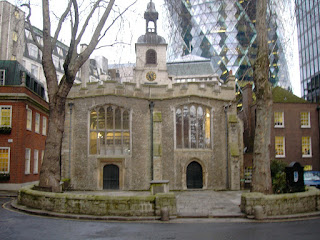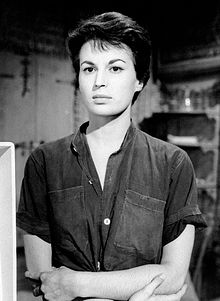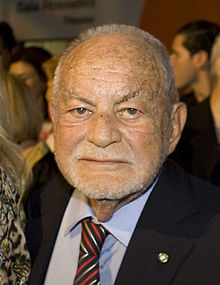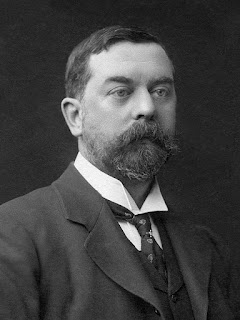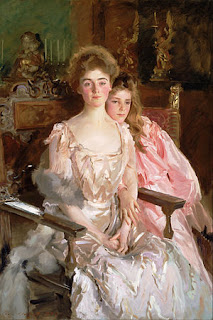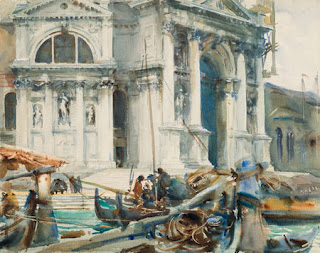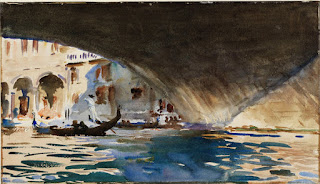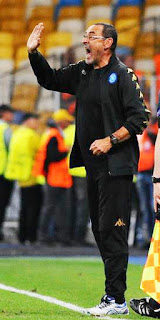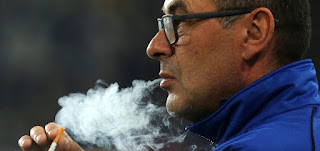Favourite of wealthy clients known as the ‘architect of illusion’
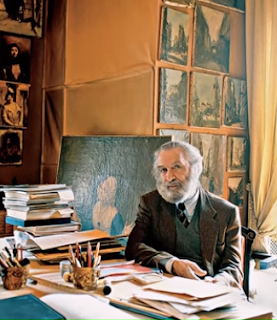 |
| Renzo Mongiardino in his studio, where he created designs for some of Italy's finest houses |
He was 81 years old and had never fully recovered from an operation the previous November to install a pacemaker.
Mongiardino, who was nominated for two Academy Awards for Best Art Direction during his career, worked on interior design for an international clientele that included the industrialist and art collector Baron Hans Heinrich Thyssen-Bornemisza, the business tycoons Aristotle Onassis and Gianni Agnelli, the former Russian prince Stanisław Albrecht Radziwiłł and his socialite wife Lee Radziwill, the fashion designer Gianni Versace, the Lebanese banker Edmond Safra, the Rothschild family and the Hearst family.
Nonetheless, he habitually rejected his reputation as the eminence grise of interior design. ''I'm a creator of ambiance, a scenic designer, an architect but not a decorator,'' he once said.
The only son of Giuseppe Mongiardino, a theatre impresario who introduced colour television to Italy, Mongiardino grew up in an 18th-century palazzo in Genoa and attributes his fascination with houses to the memory of standing with his mother in the palace’s vast entrance hall and hearing her lament how difficult it would be to furnish.
 |
| A detail from Gianni Versace's Rome residence, in Via Appia Antica, which Mongiardino decorated |
As an architecture student in 1930s Milan he was exposed to the new orthodoxies of the Modern Movement, but, fortified by his belief in the classicism of the family home, he resisted their pull.
A man whose appearance prompted the New York Times to describe him as a “scholarly bohemian whose noble profile and fastidiously combed fan-like beard gave him an uncanny resemblance to Giuseppe Verdi”, Mongiardino's distinguished career in theatre and film set design included the 1964 Covent Garden production of Tosca, starring Maria Callas and La Traviata at La Fenice in 1972, directed by Giancarlo Menotti.
Later, Mongiardino moved into the cinema, collaborating especially with Franco Zeffirelli on films such as The Taming of the Shrew (1967), Romeo & Juliet (1968) - for both of which he was nominated for an Academy Award - and Brother Sun, Sister Moon (1971). He also decorated Zeffirelli’s house in Positano.
 |
| Mongiardino in a sauna he designed for a house in Turin known as the Fetta di Polenta for its unusual shape |
Though he was not against the use of rare fabrics and expensive antiques, ingenious fakery was a consistent element of Mongiardino's decors, hence the description once given to him of “the architect of illusion”.
Although money was not an object for many of his clients, he was more interested in the effects he could create than the materials he was using and maintained a loyal stable of painters, carpenters, gilders and model makers assembled in his theatrical work, who brought the tricks of the stage trade to their work on houses.
Consequently, intricate mosaics were often nothing more than paint and supposedly marble walls were actually layered with marble-pattern paper. One of his trusted artisans was expert at recreating the look and feel of materials such as Cordoba leather with the help of pressed cardboard and felt-tip pens.
At the time of his death, Mongiardino was working on two big projects. One was an ideal city in the tradition of Urbino or Pienza, for which he had the backing of a group of Italian businessmen. The other was the faithful reconstruction of La Fenice opera house in Venice, which had been gutted by fire in 1996 and was being restored by the architect Gae Aulenti.
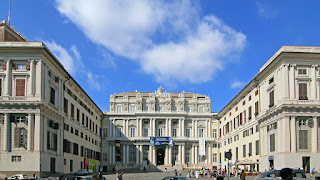 |
| The Doge's Palace is one of many grand buildings in the wealthy Ligurian city of Genoa |
The port city of Genoa, the capital of the Liguria region, boasts many fine buildings thanks to the wealth generated by its history as a powerful trading centre and later by the growth of its shipyards and steelworks. Many of those buildings have been restored to their original splendour, of which the Doge's Palace, the 16th century Royal Palace and the Romanesque-Renaissance style San Lorenzo Cathedral are just three examples. The area around the restored harbour area offers a maze of fascinating alleys and squares, enhanced recently by the work of Genoa architect Renzo Piano, and a landmark aquarium, the largest in Italy.
 |
| The rectorate of the Politecnico di Milano in Piazza Leonardo da Vinci |
The Politecnico di Milano - the Polytechnic University of Milan - from which Mongiardino graduated, is the largest technical university in Italy, with about 42,000 students. Founded in 1863, it is the oldest university in Milan. It has two main campuses in Milan city, plus other satellite campuses in Como, Lecco, Cremona, Mantua and Piacenza. The central offices and headquarters are located in the historical campus of Città Studi in Piazza Leonardo da Vinci in Milan. According to the World University Rankings, it is in the top 10 in the world for both design and architecture.
More reading:
Gio Ponti, the visionary of design who helped shape modern Milan
How Gae Aulenti blazed a trial for women in Italian design
Renzo Piano - the Genoese architect behind the Shard and the Pompidou Centre
Also on this day:
1728: The birth of opera composer Niccolò Piccinni
1749: The birth of playwright and poet Count Vittorio Alfieri
1957: The death of conductor Arturo Toscanini
Home






